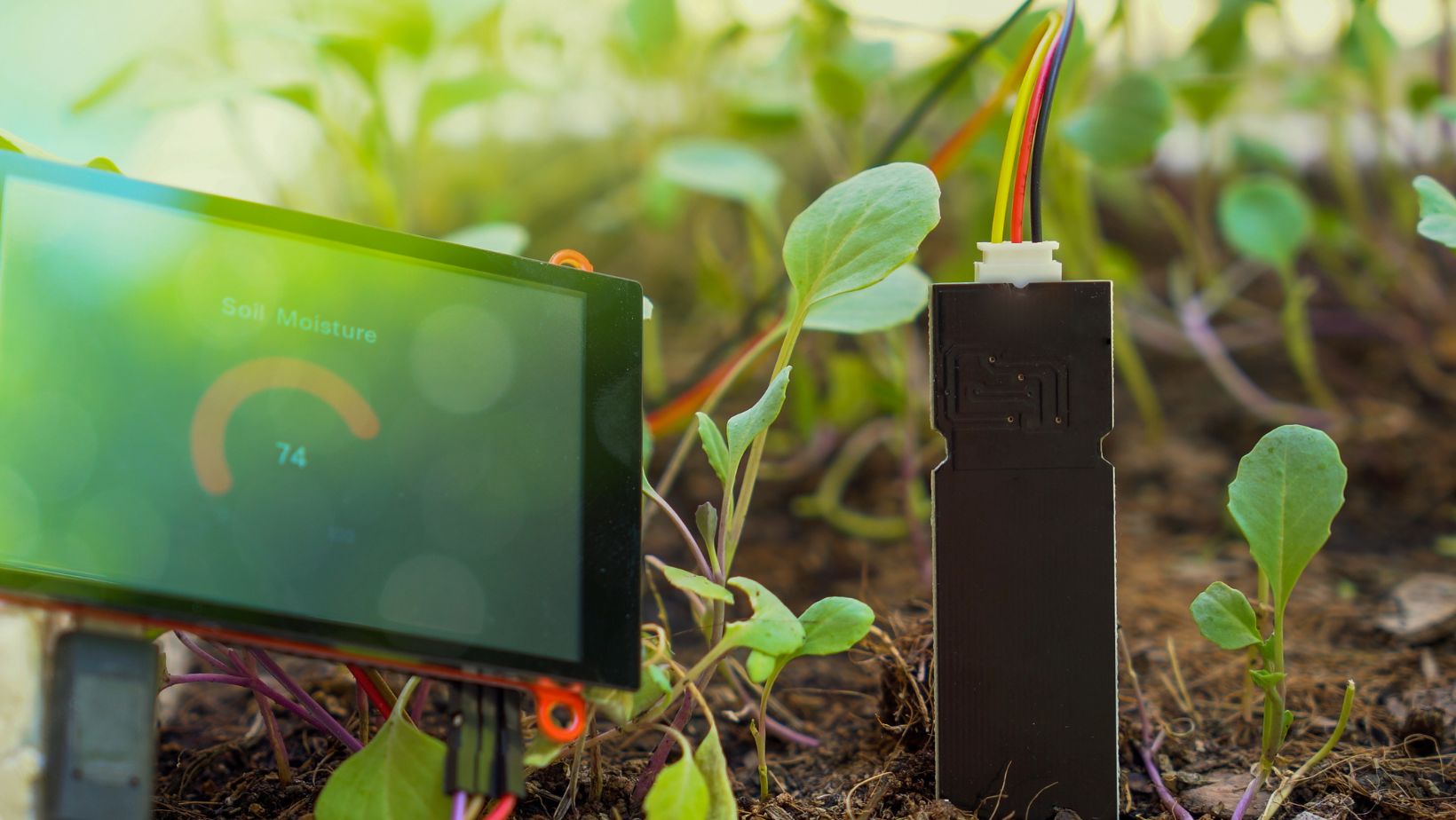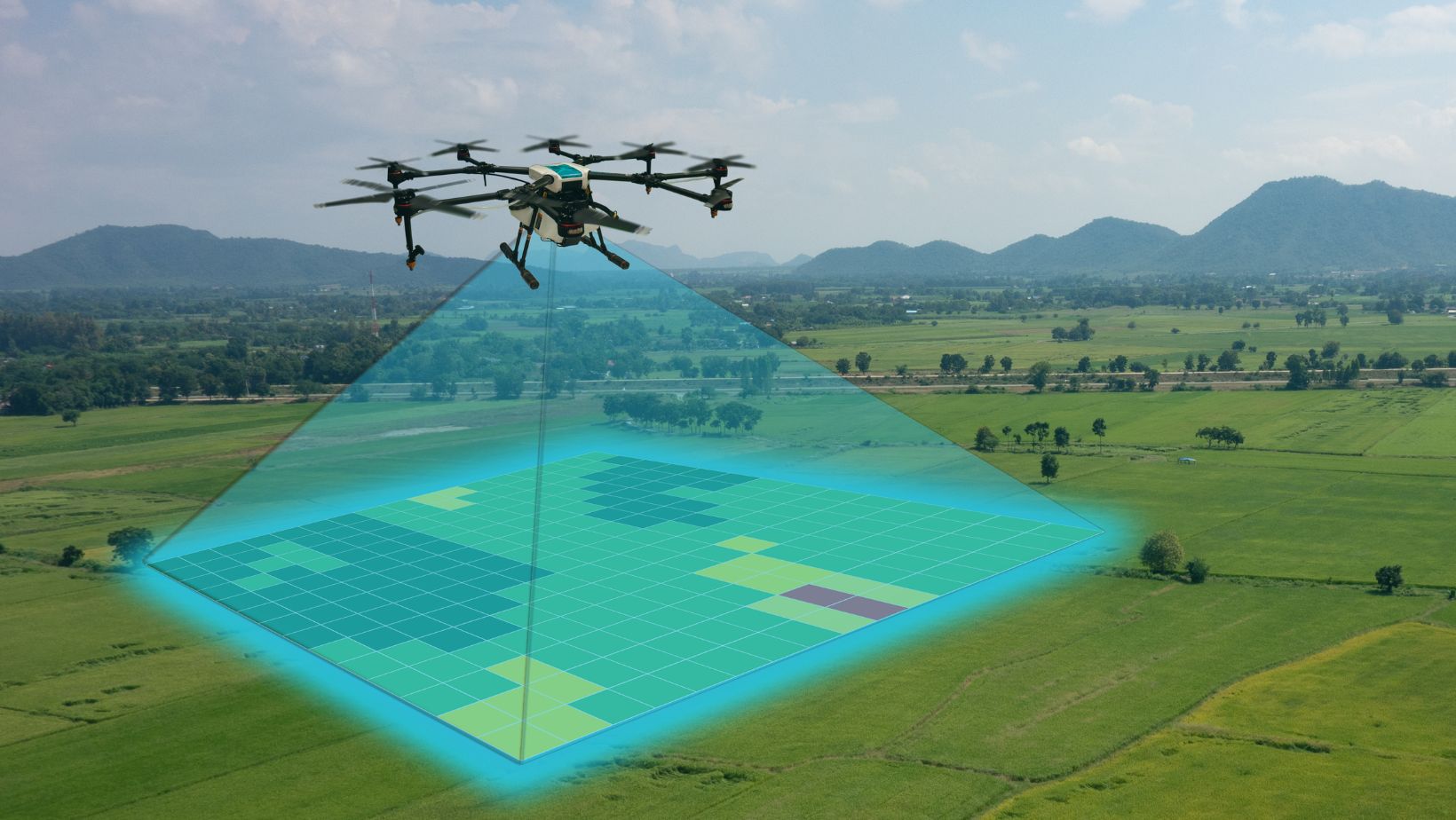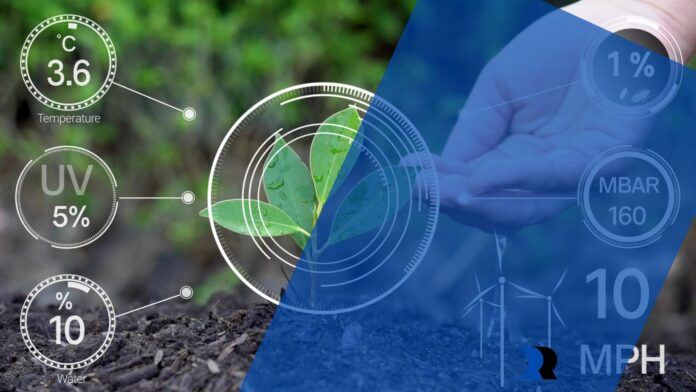In the ever-evolving world of agriculture, the quest for efficiency, productivity, and sustainability has led to a significant transformation in farming practices. Precision agriculture, often called “smart farming,” has emerged as a revolutionary approach that leverages technology to optimize every aspect of the farming process.
High-quality plant instruments from PCI are at the heart of this transformation, which is pivotal in connecting farming to precision. In this blog post, we will delve into the significance of these instruments and explore how they drive the future of agriculture.
The Evolution of Precision Agriculture
Precision agriculture represents a paradigm shift in farming techniques, departing from traditional methods that rely heavily on intuition and broad-spectrum practices. It is an interdisciplinary approach that integrates various technologies, data analytics, and instrumentation to enhance decision-making at every stage of the farming cycle.
While the concept of precision agriculture has been around for several decades, recent technological advancements have propelled it to new heights.
High-Quality Plant Instruments: The Backbone of Precision
Central to the success of precision agriculture are high-quality plant instruments. These instruments encompass various devices and sensors designed to collect data about plants and their environment.
From soil sensors to drones equipped with multispectral cameras, these instruments provide farmers with invaluable insights into the condition of their crops and the factors affecting their growth. Let’s look at some key plant instruments driving precision in modern farming.
Soil Sensors
The foundation of any successful crop is healthy soil. Soil sensors are critical instruments that measure various soil parameters, including moisture content, nutrient levels, pH, and temperature.

Farmers can make informed decisions regarding irrigation, fertilization, and pH adjustments by continuously monitoring soil conditions. This data-driven approach not only improves crop yields but also minimizes resource wastage.
Weather Stations
Weather plays a pivotal role in agriculture, impacting everything from planting schedules to pest management. High-quality weather stations equipped with advanced sensors can provide real-time temperature, humidity, wind speed, and precipitation data.
Farmers can use this information to optimize planting times, plan for adverse weather events, and implement precision pest control strategies.
Remote Sensing and Drones
One of the most transformative developments in precision agriculture is using remote sensing and drones. Drones equipped with multispectral cameras can capture high-resolution images of crops, allowing farmers to assess crop health, identify stress factors, and detect diseases or pests early.
This enables targeted interventions, reducing the need for blanket treatments and minimizing chemical inputs.
Spectrometers
Spectrometers are instruments that analyze the spectral properties of plants. By measuring reflected light across different wavelengths, spectrometers can provide insights into plant health, nutrient status, and water stress. These instruments are beneficial for precision nutrient management and optimizing irrigation.
GPS and GIS Technology
Global Positioning System (GPS) and Geographic Information System (GIS) technology have revolutionized farming by enabling precise mapping and tracking of field activities.
Farmers can create accurate field boundaries, track machinery movements, and generate yield maps. This data-driven approach helps optimize planting patterns, monitor crop performance, and improve resource allocation.
Crop Monitoring Systems
Crop monitoring systems integrate data from various sensors and instruments to comprehensively view crop health and environmental conditions. These systems often use sophisticated algorithms to analyze the data and provide actionable insights to farmers.
For instance, they can recommend when and where to apply fertilizers or pesticides, ensuring that resources are used efficiently.
Benefits of High-Quality Plant Instruments
The integration of high-quality plant instruments into farming practices offers a multitude of benefits:

- Increased Productivity: Precision agriculture allows farmers to optimize resource allocation, resulting in higher crop yields and reduced waste.
- Resource Efficiency: By accurately measuring soil and environmental conditions, farmers can use water, fertilizers, and pesticides more efficiently, reducing environmental impact and production costs.
- Enhanced Sustainability: Precision agriculture promotes sustainable farming practices by minimizing the ecological footprint and reducing the use of non-renewable resources.
- Data-Driven Decision-Making: Real-time data from plant instruments empowers farmers to make informed decisions quickly, leading to better crop management and higher profitability.
- Risk Mitigation: With access to weather forecasts and early disease detection, farmers can proactively mitigate risks and protect their crops.
- Precision Pest Management: High-quality instruments help farmers identify and target pests and diseases, reducing the need for broad-spectrum pesticides.
- Improved Quality: Precision agriculture can lead to higher-quality produce, meeting consumer demands for healthier and more sustainable food options.
Challenges and Considerations
While high-quality plant instruments offer significant advantages, their adoption in agriculture is challenging. Some of the key considerations include:
- Cost: Acquiring and maintaining plant instruments can be expensive, making it essential for farmers to assess the return on investment carefully.
- Data Management: Managing and interpreting the vast amount of data generated by these instruments can be overwhelming without the right tools and expertise.
- Training and Education: Farmers and agricultural professionals need training to use plant instruments and effectively leverage the data they provide.
- Compatibility: Ensuring that different instruments and technologies are compatible and seamlessly integrated is crucial for a successful precision agriculture system.
Conclusion
High-quality plant instruments are at the forefront of the agricultural revolution, connecting farming to precision. These instruments empower farmers with real-time data and insights to optimize resource allocation, enhance crop quality, and contribute to sustainable agriculture. While challenges can be overcome, the benefits of precision agriculture far outweigh the costs. As technology continues to advance, the future of farming looks increasingly data-driven, efficient, and sustainable thanks to these remarkable plant instruments.


